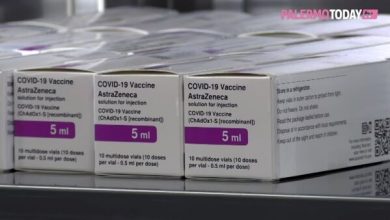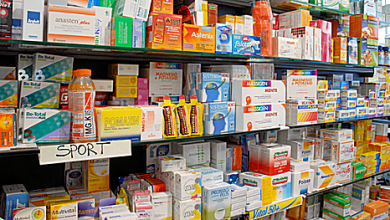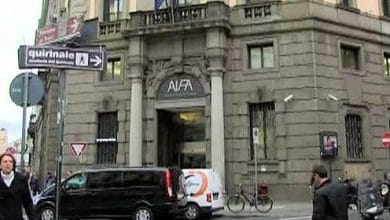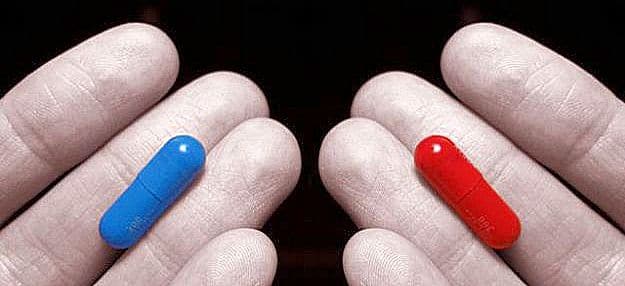
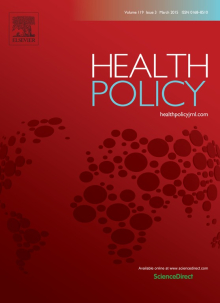 There are potentials for faster generic entry and increased competition but there is also a need for further research into the generic market and the most efficient policy mix that could maximize generic entry and penetration. These are some of the policy implications highlighted by a study entitled "Performance measurement in the off-patent market” published by Elsevier Ireland.
There are potentials for faster generic entry and increased competition but there is also a need for further research into the generic market and the most efficient policy mix that could maximize generic entry and penetration. These are some of the policy implications highlighted by a study entitled "Performance measurement in the off-patent market” published by Elsevier Ireland.
The study dates back to the end of 2014 and was referred to by the Reforming.it website, the portal of which it is the promoter Nicholas Salerno, an economist known to the supply chain for his pro-liberalization positions. The reflection carried forward by the Reforming website, in quoting the article, is that «achieving full efficiency in the production and distribution of “traditional” medicines is essential in order to have sufficient structural resources to support innovative and biotechnological medicines. This virtuous circle is far from being established in the governance system of the Italian pharmaceutical sector».
Furthermore, the dynamics of prices are highlighted: «just after the patent expiry, the drop in originator prices is significant and greater than in the rest of Europe. However, the prices of the originators end up more or less aligning themselves with the prices of the equivalents, and at the same time, they fall much less (compared to the price before the loss of exclusivity) than in the rest of Europe».
 And "the level of market penetration of equivalents and biosmilars remains much lower in Italy than in most of the member states". But limiting oneself to "only considering the price differential, before and after the patent expiry, can be misleading in assessing market competition and in suggesting pharmaceutical policies".
And "the level of market penetration of equivalents and biosmilars remains much lower in Italy than in most of the member states". But limiting oneself to "only considering the price differential, before and after the patent expiry, can be misleading in assessing market competition and in suggesting pharmaceutical policies".
From the study comes the proposal of a model of five indicators and a series of measurement methods and mechanisms that allow the performance evaluation of generics policies in the various systems characterized by different settings and choices: availability of generics, delay or speed of entry of the generics, number of competitors, price evolution, and trends in the volume share of generics.
"The range of each of the five indicators" reads the study "suggests that there are numerous factors - including institutional ones - that contribute to the success of generic entry, price decreases and market penetration". But the spaces to enhance the situation "seem to exist".

